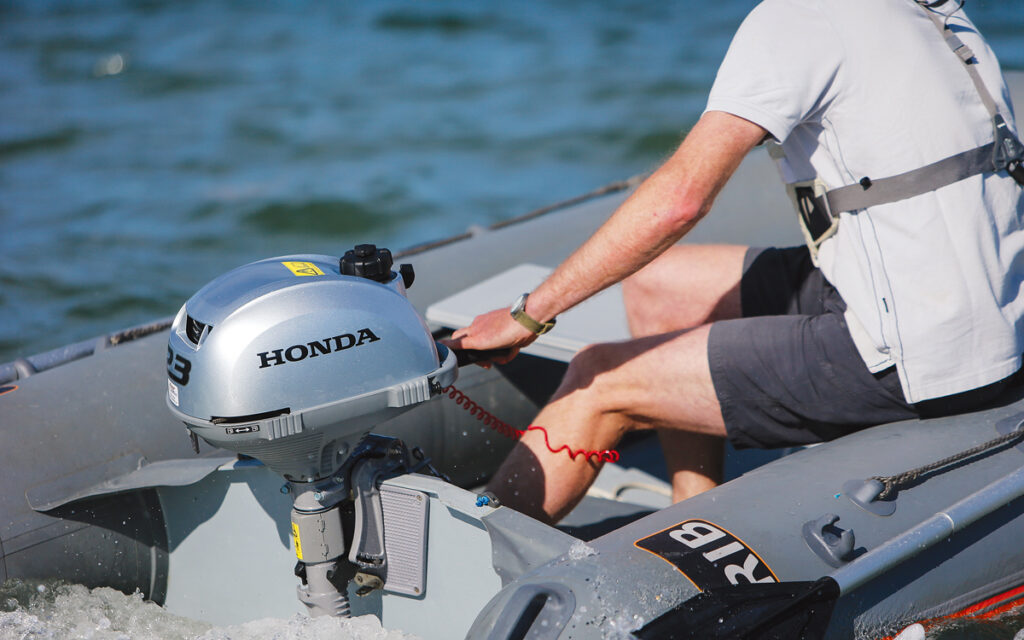Introduction to Power Containers in Modern Operations
In today’s fast-paced industrial and commercial environments, maximizing energy efficiency and operational reliability is crucial. One of the most innovative solutions enabling this goal is the open side container for sale. These modular, transportable units provide a compact yet powerful energy solution for a wide range of applications, from remote industrial operations to disaster response, construction sites, and renewable energy storage. This article explores how power containers work, the key features that define their performance, and the best practices for maximizing their efficiency.
What is a Power Container?
A power container is a self-contained, modular energy system housed within a standardized shipping container or similar enclosure. These systems typically integrate energy generation, conversion, storage, and control components into one movable and scalable unit. A power container may include diesel or gas generators, solar PV panels with battery storage, or even hybrid solutions that combine multiple energy sources. Because of their plug-and-play design, they are ideal for temporary or semi-permanent installations.
Key Features of an Efficient Power Container
Modular Design and Portability
One of the defining characteristics of a power container is its modular design. Standardized dimensions allow it to be easily transported using conventional logistics methods like trucks, ships, or rail. This portability makes it perfect for use in off-grid locations or as a backup system in urban environments. Additionally, modularity allows operators to scale systems up or down depending on power requirements, ensuring energy isn’t wasted.
Integrated Control Systems
Efficiency in power management largely depends on smart monitoring and control. High-quality power containers come equipped with advanced control systems that optimize energy flow, monitor real-time consumption, and allow remote diagnostics. These systems reduce downtime and help detect inefficiencies early, ultimately improving reliability and reducing operational costs.
Energy Storage Capabilities
Modern power containers often incorporate advanced battery storage systems, particularly lithium-ion or lithium-iron-phosphate technologies. Energy storage increases efficiency by capturing excess energy during low-demand periods and discharging it during peak hours. In hybrid systems using solar or wind power, storage is critical to balance supply fluctuations and maintain consistent power output.
Hybrid and Renewable Integration
Another key feature is the ability to integrate with renewable energy sources. A power container may include inverters and charge controllers to support solar panels or small wind turbines. These hybrid systems not only reduce fuel consumption and emissions but also lower long-term operational costs, making them both eco-friendly and cost-effective.
Safety and Durability
A well-designed power container includes safety systems such as fire suppression, overvoltage protection, and ventilation. The container’s robust exterior shields internal components from harsh weather, dust, and tampering, making it suitable for use in challenging environments like deserts, mountains, or coastal areas.
Best Practices for Maximizing Power Container Efficiency
Proper Load Assessment
The first step to ensuring efficiency is understanding your power needs. Oversizing or underutilizing a power container can result in inefficiencies, increased wear, and higher costs. Conduct a detailed load analysis to determine your peak and average energy requirements. Choose a unit with the right capacity and consider a scalable model to adjust to future demands.
Optimal Siting and Installation
Location plays a critical role in maximizing efficiency. Position the power container in a well-ventilated, shaded area to reduce overheating and optimize cooling. If it includes solar integration, ensure maximum sun exposure throughout the day. Proper siting minimizes energy loss and extends equipment lifespan.
Regular Maintenance and Monitoring
Routine inspections and timely maintenance are essential for optimal performance. Monitor fuel levels, check battery health, and ensure all control systems are functioning correctly. Use remote monitoring tools if available to track performance metrics and identify issues before they escalate. Keeping the system clean, especially filters and ventilation areas, can also prevent unexpected shutdowns and improve energy efficiency.
Efficient Load Management
Managing load efficiently involves balancing power consumption to prevent energy spikes and ensuring that the system isn’t running idle. Schedule high-energy tasks during times when solar input is high or when batteries are fully charged. Prioritize essential equipment and consider using automated load-shedding systems to cut off non-critical devices during low supply.
Incorporating Renewable Energy Sources
Where feasible, integrate renewable components into your power container setup. Solar PV panels are especially effective in sunny regions and can significantly reduce dependency on fossil fuels. Hybrid systems reduce operational costs over time and provide resilience against fuel price fluctuations or supply disruptions.
Use of Energy-Efficient Equipment
Pairing your power container with energy-efficient appliances and machinery further boosts its performance. Opt for LED lighting, inverter air conditioners, and energy-saving industrial tools. Reducing the load demand from the outset allows the system to operate more efficiently and prolongs its lifespan.
Scalability and Future Proofing
Select a power container that offers easy scalability. This allows you to increase capacity by simply adding another containerized unit rather than replacing the entire system. Consider compatibility with future technologies such as smart grids or more advanced storage systems to ensure your setup remains relevant and cost-effective in the long term.
Applications Where Power Containers Excel
Remote and Off-Grid Operations
From mining camps in the mountains to scientific research stations in polar regions, power containers offer a reliable and efficient source of energy where traditional infrastructure is not available. Their transportability and self-contained nature make them an ideal choice in these scenarios.
Construction and Temporary Sites
Construction projects often move from one location to another, requiring flexible and temporary energy setups. A power container provides consistent power for tools, lighting, and machinery without the need for complex electrical infrastructure.
Emergency and Disaster Response
In post-disaster areas where power infrastructure is damaged, power containers can be deployed quickly to supply electricity to hospitals, relief centers, and communication stations. Their quick deployment and ability to operate independently make them crucial during emergencies.
Industrial and Commercial Backup Systems
For industries where power failure is not an option, such as data centers, manufacturing plants, or hospitals, power containers serve as a robust backup solution. Their advanced control systems ensure seamless switchover and continuous power supply.
Events and Entertainment
Outdoor events like concerts, festivals, and sporting activities often take place in areas without access to the grid. A power container can supply reliable electricity for sound systems, lighting, food stalls, and more, ensuring smooth operations throughout the event.
Conclusion
As industries strive for smarter, more sustainable, and more resilient energy solutions, the power container emerges as a highly practical option. With its modular design, renewable integration capabilities, and intelligent control systems, it delivers not just portability but also high efficiency and adaptability. By following best practices such as accurate load assessment, regular maintenance, and energy-efficient pairing, businesses can unlock the full potential of power containers and future-proof their operations against energy challenges.

